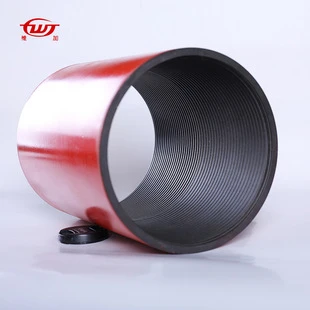- Afrikaans
- Albanian
- Amharic
- Arabic
- Armenian
- Azerbaijani
- Basque
- Belarusian
- Bengali
- Bosnian
- Bulgarian
- Catalan
- Cebuano
- Corsican
- Croatian
- Czech
- Danish
- Dutch
- English
- Esperanto
- Estonian
- Finnish
- French
- Frisian
- Galician
- Georgian
- German
- Greek
- Gujarati
- Haitian Creole
- hausa
- hawaiian
- Hebrew
- Hindi
- Miao
- Hungarian
- Icelandic
- igbo
- Indonesian
- irish
- Italian
- Japanese
- Javanese
- Kannada
- kazakh
- Khmer
- Rwandese
- Korean
- Kurdish
- Kyrgyz
- Lao
- Latin
- Latvian
- Lithuanian
- Luxembourgish
- Macedonian
- Malgashi
- Malay
- Malayalam
- Maltese
- Maori
- Marathi
- Mongolian
- Myanmar
- Nepali
- Norwegian
- Norwegian
- Occitan
- Pashto
- Persian
- Polish
- Portuguese
- Punjabi
- Romanian
- Russian
- Samoan
- Scottish Gaelic
- Serbian
- Sesotho
- Shona
- Sindhi
- Sinhala
- Slovak
- Slovenian
- Somali
- Spanish
- Sundanese
- Swahili
- Swedish
- Tagalog
- Tajik
- Tamil
- Tatar
- Telugu
- Thai
- Turkish
- Turkmen
- Ukrainian
- Urdu
- Uighur
- Uzbek
- Vietnamese
- Welsh
- Bantu
- Yiddish
- Yoruba
- Zulu
Understanding Casing Collar Components in Oil and Gas Applications
The Importance of Casing Collars in Oil and Gas Drilling Operations
In the oil and gas industry, the efficiency and safety of drilling operations are paramount. One critical component that plays a significant role in achieving these objectives is the casing collar. Understanding the function and importance of casing collars can enhance not only the overall drilling process but also the integrity of the wellbore.
Casing collars are specialized fittings used to connect sections of casing—pipes that line the wellbore after drilling. These collars serve multiple essential functions within the drilling operation. Their design includes a stop or shoulder that aids in precisely positioning the casing while also managing the pressure and fluid flow that occurs during the drilling process.
One of the primary purposes of casing collars is to provide structural stability to the wellbore. As drilling progresses, the geological formations encountered may exert various pressures on the casing. Casing collars help distribute these pressures evenly, reducing the risk of buckling or collapsing of the casing under extreme conditions. This structural integrity is crucial, particularly in deepwater drilling or in regions with complex geological formations.
casing collar

Furthermore, casing collars are equipped with features that streamline the completion and operation of the well
. For instance, many collars incorporate threaded connections that allow for easy assembly and disassembly of casing sections. This adaptability is vital when modifications to the well design are necessary, enabling rapid responses to dynamic drilling conditions. Additionally, they often include mechanisms for anchoring other equipment such as screens or valves, facilitating efficient fluid management during the extraction process.Another critical aspect of casing collars is their role in well integrity and safety. They are designed to create a seal that can withstand high pressures and temperatures, preventing fluid leaks that could compromise the safety of the operation. This is particularly important given the potential environmental hazards associated with oil and gas extraction. A well-designed casing collar can help mitigate the risks of blowouts or leaks, which can have catastrophic implications for both the environment and the economy.
Moreover, advancements in casing collar technology have led to the development of collars made from high-performance materials that offer enhanced durability and corrosion resistance. These innovations are crucial in prolonging the life of the well and ensuring its productivity over time. As oil and gas reserves become increasingly challenging to extract, employing advanced materials in casing collars can significantly improve overall operational efficiency and economic viability.
In conclusion, casing collars are essential components in oil and gas drilling operations. They provide critical structural support, enhance well integrity, and facilitate the efficient operation of equipment within the wellbore. As the industry continues to evolve and face new challenges, the importance of advancements in casing collar technology cannot be overstated. Investing in high-quality casing collars and continued innovation in this area is not just about improving the drilling process—it's ultimately about ensuring the safety and sustainability of oil and gas extraction for future generations.
-
Tubing Pup Joints: Essential Components for Oil and Gas OperationsNewsJul.10,2025
-
Pup Joints: Essential Components for Reliable Drilling OperationsNewsJul.10,2025
-
Pipe Couplings: Connecting Your World EfficientlyNewsJul.10,2025
-
Mastering Oilfield Operations with Quality Tubing and CasingNewsJul.10,2025
-
High-Quality Casing Couplings for Every NeedNewsJul.10,2025
-
Boost Your Drilling Efficiency with Premium Crossover Tools & Seating NipplesNewsJul.10,2025







